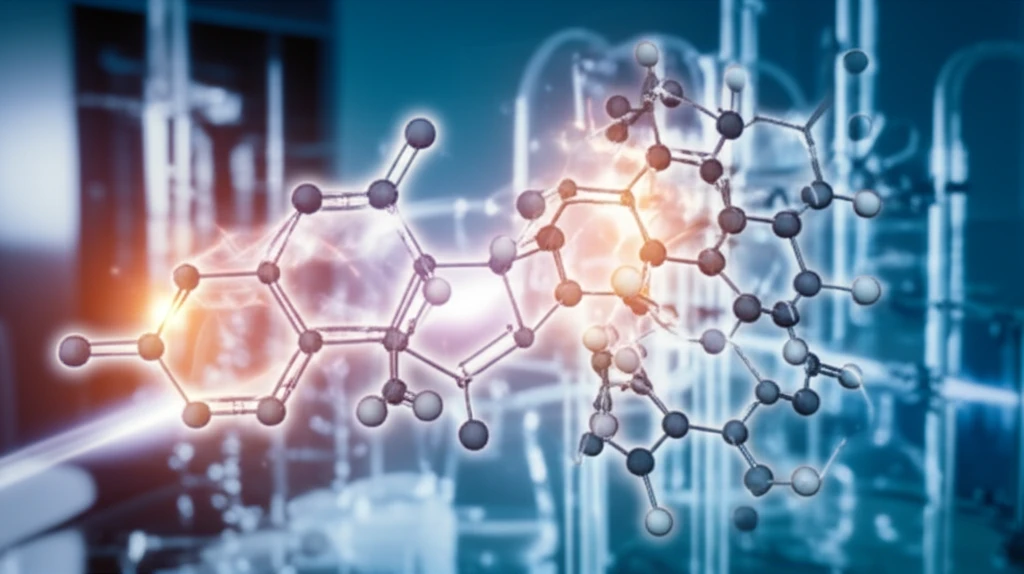
Unlocking Molecular Potential: How New Chemical Reactions are Shaping the Future of Medicine and Materials
"A breakthrough in biaryl sultam synthesis paves the way for innovative drug design and advanced material development."
In the ever-evolving world of chemistry, the synthesis of complex molecules stands as a cornerstone for innovation across various scientific disciplines. Among these molecular targets, biaryl sultams—cyclic sulfonamides featuring two linked aromatic rings—have garnered significant attention due to their unique structural properties and potential applications in drug discovery and materials science.
Traditional methods for synthesizing biaryl sultams often involve harsh reaction conditions, multi-step procedures, and limited substrate scope, posing significant challenges for chemists. However, a recent breakthrough has emerged, offering a more efficient and sustainable route to these valuable compounds. Researchers have pioneered a novel approach utilizing visible-light-promoted denitrogenative cyclization of 1,2,3,4-benzothiatriazine-1,1-dioxides.
This innovative technique harnesses the power of light to drive a chemical transformation, enabling the formation of biaryl sultams under mild conditions. By employing visible light as an energy source, this method reduces the reliance on toxic reagents and high temperatures, making it an environmentally friendly alternative to traditional synthetic routes. This article delves into the intricacies of this groundbreaking discovery, exploring its potential impact on various fields and highlighting the exciting possibilities it unlocks for future research.
The Science Behind the Synthesis: How Does Visible-Light Denitrogenative Cyclization Work?

The core of this new method lies in the use of visible light to trigger the denitrogenative cyclization of 1,2,3,4-benzothiatriazine-1,1-dioxides. These triazines, which can be somewhat unstable for long-term storage, can even be generated in situ (directly in the reaction mixture) from readily available 2-aminosulfonamides. This in situ generation simplifies the process and enhances its practicality.
- Efficiency: The reaction proceeds with good to excellent yields for a variety of substituted benzothiatriazines.
- Mild Conditions: The reaction occurs at room temperature, minimizing energy consumption.
- Sustainability: Visible light is used as the energy source, reducing the need for hazardous reagents.
- Functional Group Tolerance: The reaction tolerates a range of functional groups, allowing for the synthesis of diverse biaryl sultam derivatives.
The Future of Biaryl Sultam Chemistry: Implications and Outlook
The development of this visible-light-promoted denitrogenative cyclization represents a significant advancement in the field of biaryl sultam chemistry. Its efficiency, mild reaction conditions, and sustainability make it an attractive alternative to traditional synthetic methods. This breakthrough has the potential to accelerate research in drug discovery and materials science, enabling the synthesis of novel compounds with tailored properties.
